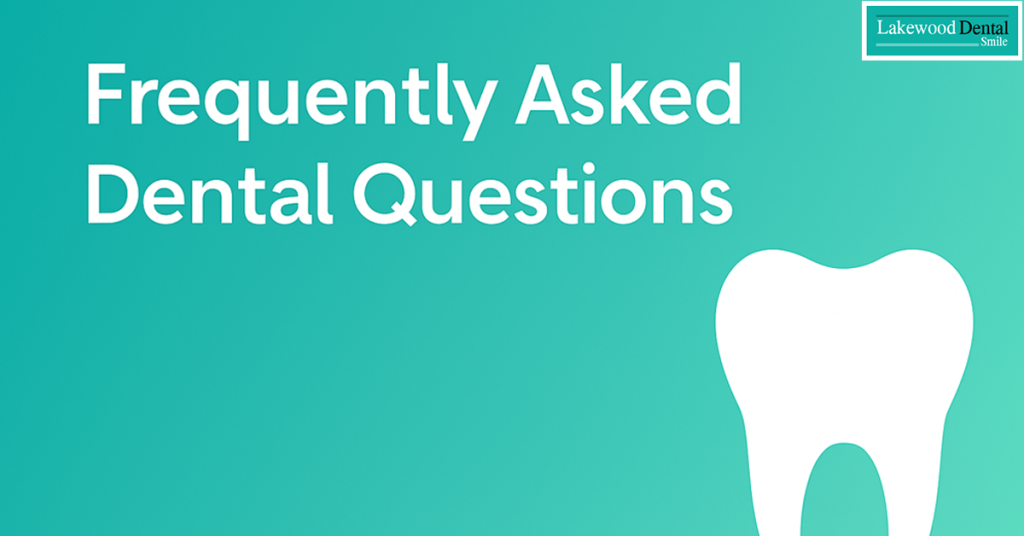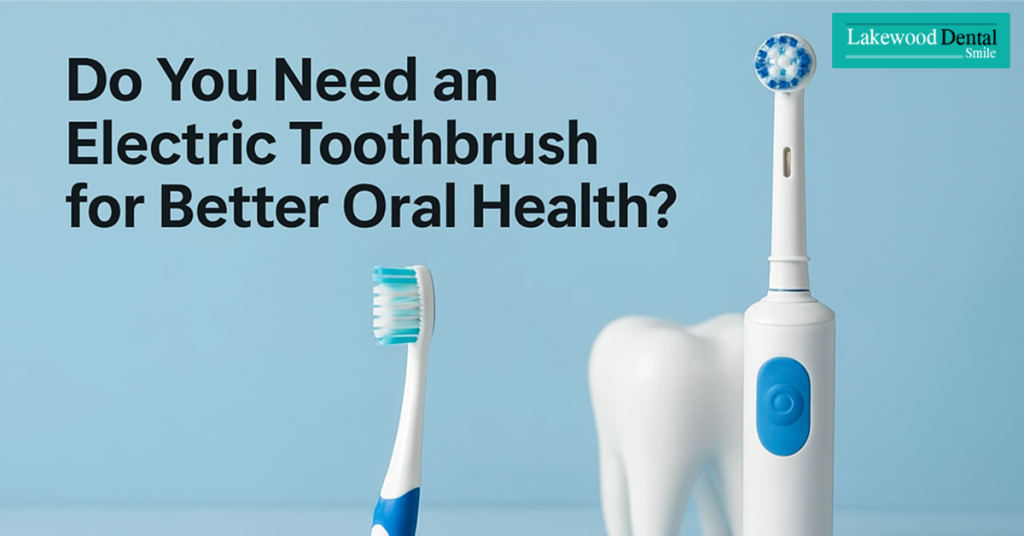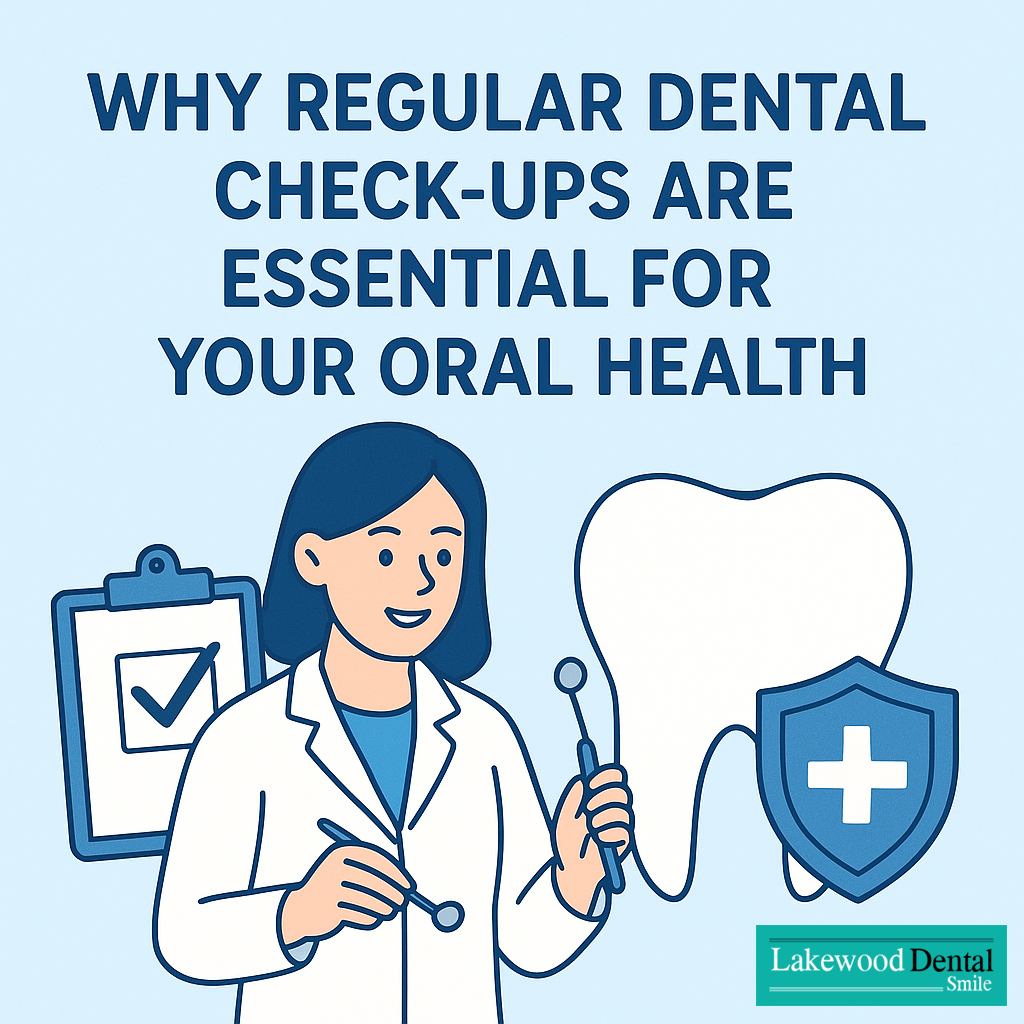A dead tooth may sound unusual, but it’s a condition many people face without realizing it. A healthy tooth stays alive because of its nerves and blood vessels inside the pulp. When injury, decay, or infection cuts off this blood flow, the tooth begins to die. Early detection of a dead tooth is crucial for saving your smile and preventing infection from spreading to nearby teeth.

What Is a Dead Tooth?
A dead tooth (also called a non-vital tooth) occurs when the nerves and tissues inside the pulp stop receiving blood supply. Without this nourishment, the tooth loses its vitality and may darken over time. Though the outer enamel may remain intact, the internal damage can cause pain, sensitivity, and other oral issues.
Even though a dead tooth might seem minor at first, it often signals deeper issues that can harm nearby teeth and gums. Regular checkups allow your dentist to detect early signs of nerve damage or infection. Acting quickly keeps your teeth healthy and prevents expensive treatments later.
Common Signs of a Dead Tooth
Spotting a dead tooth can be tricky at first. Here are the most common signs:
- Tooth discoloration: The affected tooth may turn yellow, gray, brown, or even black.
- Pain or sensitivity: Some people feel sharp pain, while others experience mild or occasional discomfort.
- Swelling near the gum line: Infection or abscess formation can cause puffiness or redness around the tooth.
- Bad breath or taste: bacteria inside the affected tooth may lead to foul odor
If you notice one or more of these symptoms, it’s important to see your dentist as soon as possible.
What Causes a Dead Tooth?
This condition can develop from two major causes — trauma and decay:
1. Physical injury or trauma:
Accidents, falls, or sports injuries that hit your mouth can damage the nerve. Depending on the severity, the tooth may die immediately or over time.
2. Untreated decay:
When cavities progress deep into the pulp, bacteria destroy the nerve tissue. This leads to pain, discoloration, and eventually a dead tooth if not treated early.
Maintaining strong oral hygiene is key to preventing both causes.
Diagnosis and Treatment Options
Dentists can easily detect a dead tooth using X-rays or pulp vitality tests. Once diagnosed, treatment depends on the tooth’s condition:
1. Root Canal Treatment (RCT):
A safe and effective method to save the tooth. The infected pulp is removed, cleaned, and sealed to prevent reinfection.
2. Tooth Extraction:
if the tooth is severely damaged or cannot be restored, your dentist may recommend extraction. A crown, implant, or bridge can later replace the missing tooth.
3. Pain and Infection Management:
Antibiotics or pain relievers may be prescribed if swelling or infection is present.
A dead tooth should never be ignored, as untreated damage can spread to surrounding tissue and bone
Tips to Prevent a Dead Tooth
You can lower your risk of developing a dead tooth by following these healthy habits:
- Brush twice daily and floss regularly.
- Rinse with fluoride mouthwash.
- Visit your dentist every six months for checkups.
- Wear a mouthguard when playing contact sports.
- Limit sugary foods and avoid excessive coffee, wine, or smoking.
- Drink plenty of water, especially after meals.
Small preventive steps help protect the pulp and keep your teeth alive and strong.
Final Thoughts
A dead tooth may not always cause pain, but it should never be left untreated. Timely diagnosis and care can save your smile and prevent future dental issues. Maintaining good oral hygiene, avoiding trauma, and visiting your dentist regularly can make a big difference.
If you’re experiencing tooth discoloration, discomfort, or injury-related pain, it’s best to seek professional advice. The compassionate dental professionals at Lakewood Dental Smile in Dearborn, Michigan, provide trusted care for patients dealing with a dead tooth, ensuring healthy, confident smiles that last a lifetime.





